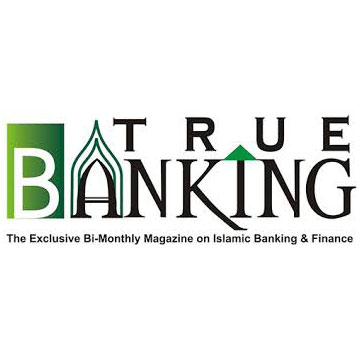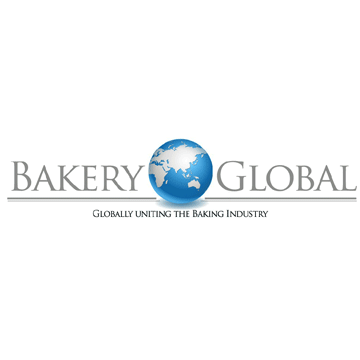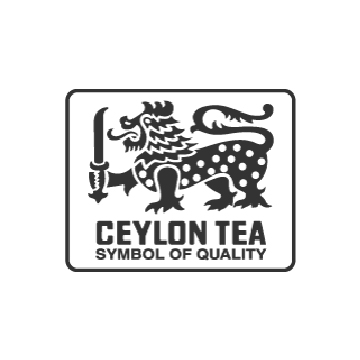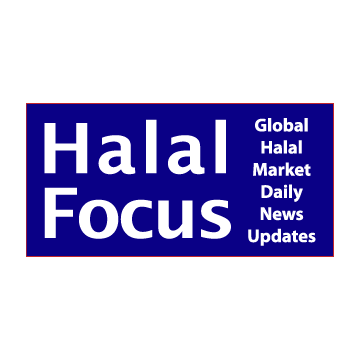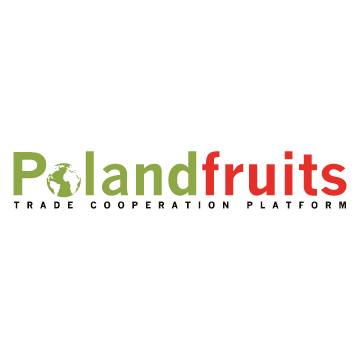Saudi Arabia’s retail sector’s potential remains ‘untapped’
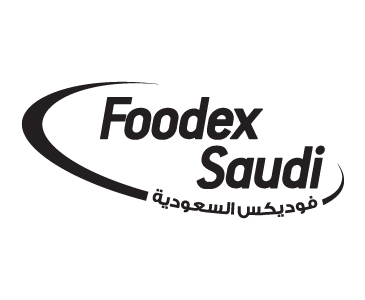
Saudi Arabia’s retail sector records solid growth and its potential remains “untapped”, A.T. Kearney’s 2013 Global Retail Development Index revealed.
The retail fundamentals in Saudi Arabia, which is ranked 16th globally, remain strong, the report said. The Kingdom is a growing retail destination with massive untapped potential. Consumer confidence levels are among the highest in MENA, and many market studies show that Saudis are among the most eager consumers in the world. Retail sales are expected to increase by 11 percent in 2013.
Retail sales per capita and disposable income remain lower than some of the neighboring locations, so there is plenty of room for growth.
Furthermore, Saudi Arabia is visited by more than 12 million religious tourists per year, driving the need for tailored offerings catering to an important, diverse consumer group. Companies have already started large projects to address this niche, including the Abraj Al-Bait Towers in Makkah that will include hotels and shopping centers.
Saudi consumer electronics retailer eXtra went public in a $105 million offering in 2012, and Saudi sales drove much of the growth of Dubai-based luxury retailer Chalhoub Group. Although smaller store sizes remain most popular in residential areas, hypermarkets are spreading, with Al-Azizia Panda United, Bin Dawood, Majid Al Futtaim, Al Othaim, and LuLu accounting for roughly 60 percent of the market. Supermarkets and convenience stores remain fragmented markets, with leading players accounting for just around 20 to 30 percent of the market.
In apparel, outdoor markets with unbranded products still hold a central role. Still, brands such as H&M, Bershka, and New Look are established in the market, while others such as Galeries Lafayette, Burberry, and Children's Place have recently entered or plan to. Foreign apparel companies in Saudi Arabia require a local partner with majority ownership, so this has helped the growth of large Saudi companies that distribute for several brands, including Fawaz Al Hokair Group and Al Bandar Trading.
Tesco announced it will expand its F&F fashion line in the Middle East with 19 outlets, in partnership with Saudi Arabia's Fawaz Abdulaziz Al Hokair Group. Globe Group opened second stores for Italian brands Furla and Liu Jo in Jeddah. Among the retailers to leave was Saks Fifth Avenue, which left a 65,000-square-foot store in Riyadh after its 10-year agreement with the Kingdom Centre expired.
A.T. Kearney's Global Retail Development Index (GRDI) has guided global retailers with their strategic investments for more than a dozen years, and the 2013 Index reflects some important changes to the retail environment.
But one thing hasn't changed: As developed markets face flat or anemic growth, developing markets remain important sources of growth. The 12th annual edition of the GRDI finds many opportunities for retailers seeking to grow and expand in fast-growing developing markets big and small.
Of course, there's nothing easy about a global expansion strategy in retail. Every market has unique challenges that require unique strategies for success. And this year's GRDI finds several examples of countries where global retailers are taking a step back from the aggressive expansion of the not-too-distant past in favor of more cautious strategies. For example, as retailers confront challenges in China, many are scaling back plans for new stores and choosing sites more carefully. In some regions, such as Latin America and Central Asia, more retailers are opening in smaller countries to hone their regional strategies before entering larger markets.
The GRDI ranks the top 30 developing countries for retail investment based on several macroeconomic and retail-specific variables (see appendix: About the Global Retail Development Index). The study is unique because it not only identifies the markets that are most successful today, but also focuses on those that offer the most potential. Some markets are flourishing and exciting, and some, frankly, are challenging for strategic retailers.
South America is blossoming as Brazil, Chile, and Uruguay take the top three spots in the Index. Peru, Colombia, Panama, and Mexico also shine, but some other markets, such as Venezuela, Argentina, and Bolivia, have room for improvement.
The BRIC markets (Brazil, Russia, India, and China) remain the magnificent monsters for global retailers—huge, attractive markets—but their paths have diverged. Whereas the BRIC countries were in unison in their growth 12 years ago—when the BRIC concept was first conceived by British economist Jim O'Neill—now each is following different paths to the future.
Sub-Saharan Africa continues to build momentum, with Botswana and Namibia in the rankings and a few other nations on the cusp. Considering that by 2100, five of the 12 most populous countries in the world will be in Africa, there is no doubt that this continent is a dramatic retail opportunity—for those that can navigate the business and political risks.
http://www.saudigazette.com.sa/index.cfm?method=home.regcon&contentid=20131211189187







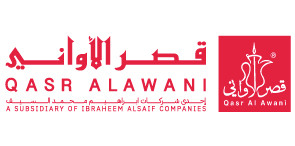
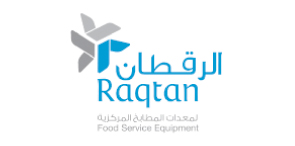


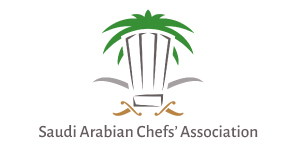



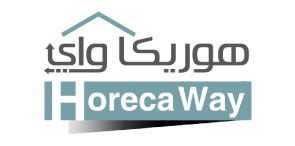

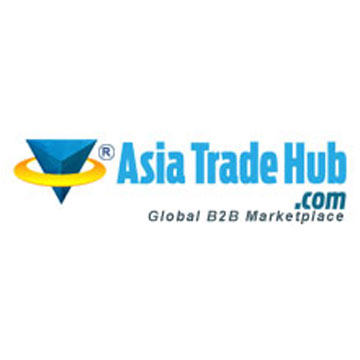
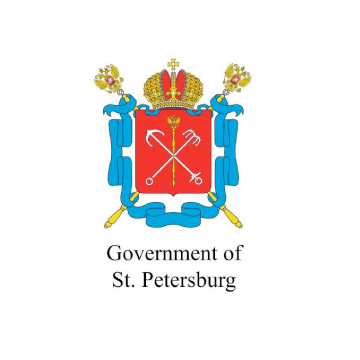



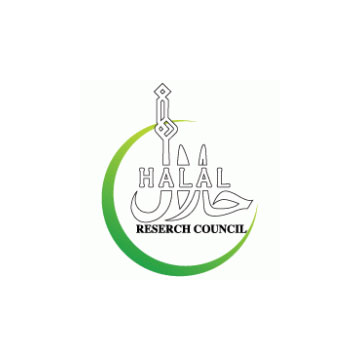
.jpg)
